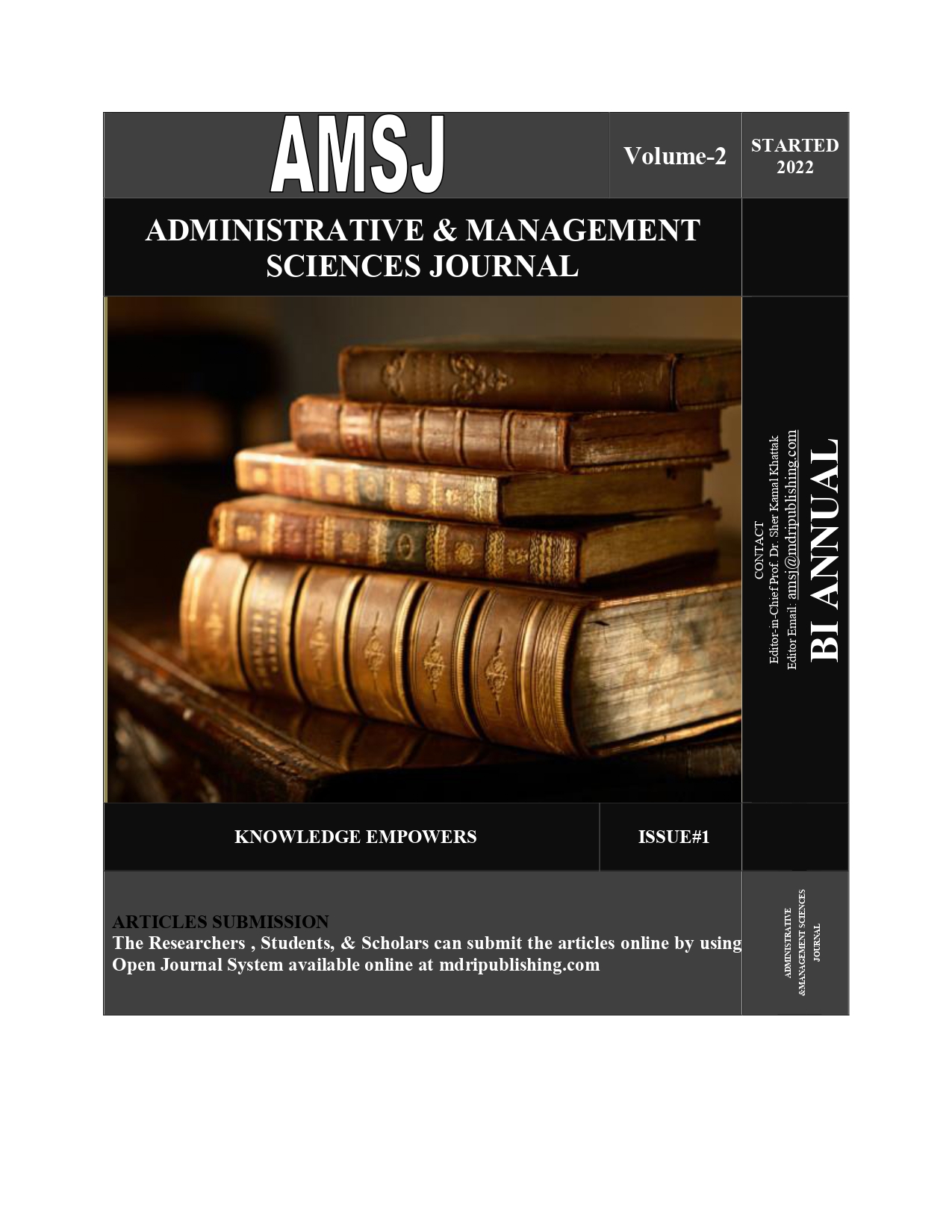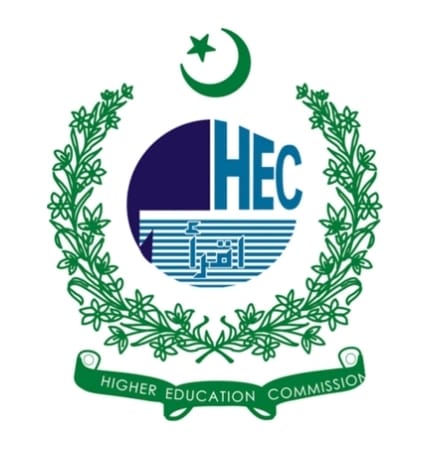Empowering Educational Institutions: The Synergy of Green HR Practices and Employee Wisdom for Elevated Workplace Wellbeing
DOI:
https://doi.org/10.59365/amsj.2(1).2023.57Keywords:
Green human resource practices, employee wisdom, workplace well-being, educational institutions, Punjab School Education DepartmentAbstract
In today's global push towards sustainability, the dynamics between Green Human Resource Practices (GHRP), Employee Wisdom (EW), and Workplace Well-being (WWB) have garnered significant attention. This study was set against the backdrop of educational institutions in Punjab, Pakistan, with the intent to elucidate these interrelationships. Using a quantitative research approach, we gathered data from employees through comprehensive surveys and subsequently analyzed it using the PLS-SEM
technique. The findings revealed a robust positive relationship between GHRP and WWB. Furthermore, EW emerged as a pivotal mediator, bridging the gap between GHRP and WWB. Notably, the combined impact of GHRP and EW on WWB was found to be more profound than when they were considered separately. These results underscore the imperative of integrating sustainable HR practices in educational settings and the value of cultivating employee wisdom. Beyond promoting eco-friendly initiatives, the research
emphasizes the resultant enhancement in the work environment and the overall well-being of staff members. This study augments the existing literature, offering a unique perspective on the intertwined roles of GHRP, EW, and WWB in the educational milieu of Punjab.





